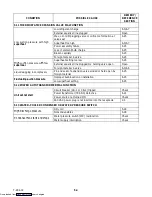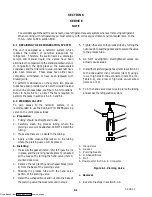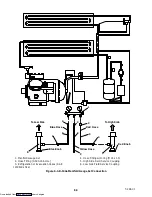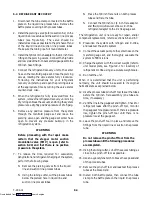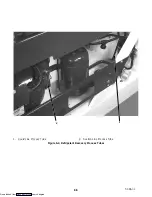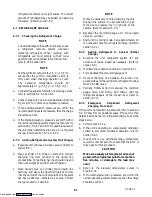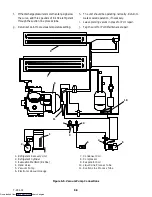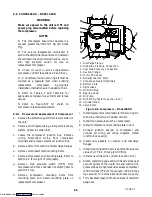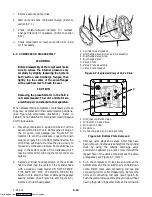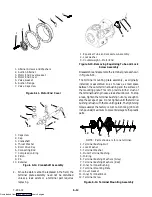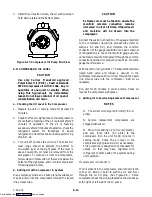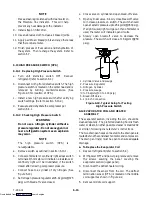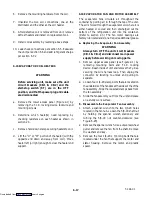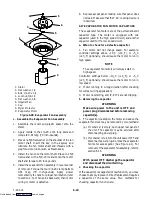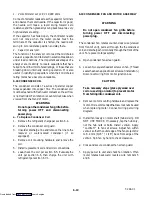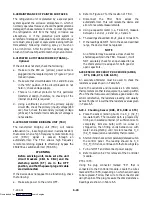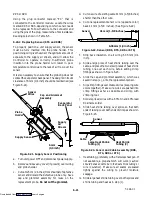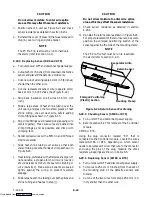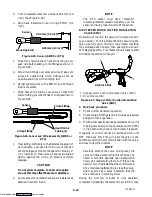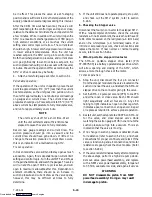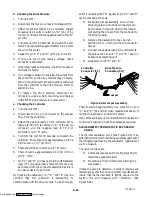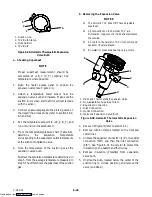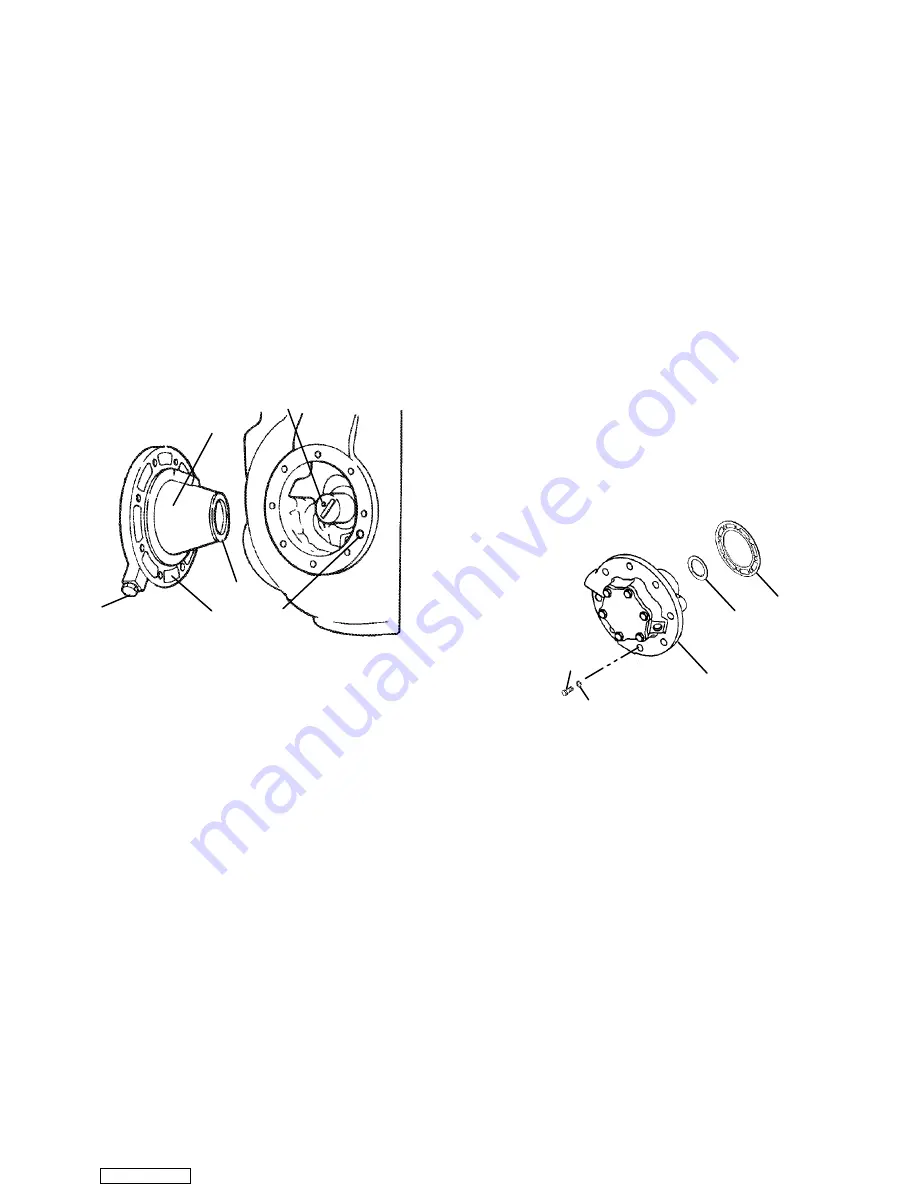
6-11
T-294-01
CAUTION
The copper tube which connects to the oil
suction strainer extends out the bottom with
the bottom plate removed. Take precautions
to avoid bending or breaking it while
changing crankcase positions.
e. If necessary, remove the oil return check valve.
Inspect it for check valve operation (flow in one
direction only). Replace the assembly with a new
unit if check valve operation is impaired. (See
Figure 6-8.)
f. To remove the oil pump. Remove eight capscrews,
oil pump bearing head assembly, gasket and thrust
washer. (See Figure 6-9.)
2
1
3
4
5
Set screw must be removed.
1. Oil Pump & Bearing Head
2. Thrust Washer
3. Oil Pickup Tube
4. Oil Inlet Port
5. Oil Pump Inlet
Figure 6-9. Oil Pump and Bearing Head
NOTE
If it was determined that the oil pump is not
operating properly, the entire oil pump and
bearing head assembly must be replaced.
Replacement parts for the pump are NOT
available. However, in the event the pump
requires inspection or cleaning, disassemble
and reassemble by referring to Figure 6-10.
Clean all parts and coat all moving parts with
compressor oil before proceeding with
reassembly.
g. Be very careful not to damage the motor windings
when removing the motor end cover, as the cover
fits over the winding coils. Remove all capscrews
except one in the top of the cover. Then, while
holding the cover in place, remove the remaining
capscrew. Do not allow the cover to drop from its
own weight. To prevent striking the winding,
remove the cover horizontally and in line with the
motor axis.
h. Remove the refrigerant suction strainer. If it is
removed with ease it may be cleaned with solvent
and replaced. (See Figure 6-11.) If the strainer is
broken, corroded or clogged with dirt that is not
easily removed, replace the strainer. Install new
gaskets upon reassembly.
i. Block the compressor crankshaft so that it cannot
turn. Use a screwdriver to bend back the tabs on the
lockwasher and remove the equalizer tube. (See
Figure 6-13.) The slinger at the end of the shaft
draws vapor from the crankcase. It may discharge
through a tee or a single equalizer tube.
1
2
3
4
5
1. Capscrew, Bearing Head
2. Gasket, Capscrew
3. Oil Pump and Bearing Head
4. Thrust Washer
5. Oil Pump Cover Gasket
Figure 6-10. Low Profile Oil Pump
j. If the piston rings extend beyond the cylinder tops,
the pistons can be pulled through the bottom plate
opening after the piston rings are compressed. A
piston ring compresser will facilitate removal. Each
piston pin is locked in place by lock rings which are
snapped into grooves in the piston wall.
Downloaded from




